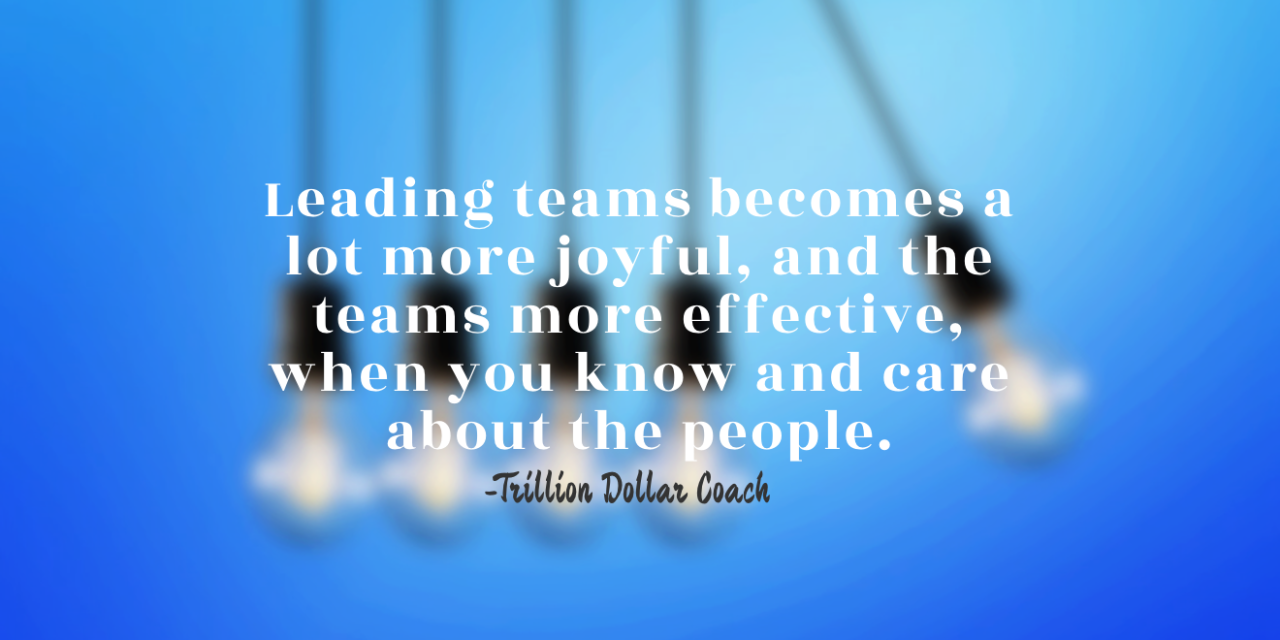My kids and I love watching Pixar and Disney animation movies. Recently we watched WALL-E as a family (my second time after years) and still couldn’t help but feel emotionally tied to the love story between two robots. That is the brilliance of storytelling through high-fidelity computer-animated movies – a category that would not exist today, but for Steve Jobs – a story I find astounding and try telling my kids. But, they look back at me with a “dah” look – they are 12 and 10.5!
I love reading biographies since that gives a ring-side view of greatness from times gone by. And this year, I had the pleasure of reading multiple books about Disney, Pixar, and their stories. Today, I want to highlight two books and spend most of our time discussing one chapter that talks about the deal that changed the animation industry forever. I am referring to the $7.4B Disney-Pixar deal done by Bob Iger (then CEO of Disney) and Steve Jobs (CEO of Pixar) in 2006.
Before we get into the specifics, let’s start with Bob Iger, who shares his incredible story in “Ride of a Lifetime,” a must-read biography. We see how Bob, who came from a very ordinary background, started at the lowest rung of ABC and slowly worked his way to become the Disney CEO. But, where we pick up is a struggling Disney – it had no big animation movie hits for more than a decade and had messed up a deal with Pixar that separated the ties between the companies. And Steve Jobs, who owned Pixar, hated Disney and had publicly criticized them. And to add to all this, the Disney board was not fully confident in Bob as their CEO. We pick up at the first Board meeting with Bob as CEO. After laying out all the ways Disney Animation was failing, he gives the Board a few low-conviction options and finally drops the bomb:
“Or,” I said, “we could buy Pixar.” The response to the idea was so explosive that if I were holding a gavel I would have used it to bring the court to order.
Reflection: It shows immense courage and willingness to take significant risks on the side of Bob Iger, even to propose something as outrageous as this.
He somehow manages to get the Board to humor him on this and to explore with Steve. He then picks up the phone and talks to Steve, who he barely knows, but through an iTunes collaboration has built a basic relationship.
“I’ve been thinking about our respective futures,” I said. “What do you think about the idea of Disney buying Pixar?” I waited for him to hang up or to erupt in laughter. The quiet before his response seemed endless. Instead, he said, “You know, that’s not the craziest idea in the world.”
People sometimes shy away from taking big swings because they assess the odds and build a case against trying something before they even take the first step……long shots aren’t usually as long as they seem.
Reflection: It is important to assess if we go for our long shots or talk ourselves down from the many endless possibilities due to our fear of failure.
Bob, then immediately flies down to Apple HQ and gets into a white-boarding exercise with Steve:
Two hours later, the pros were meager and the cons were abundant, even if a few of them, in my estimation, were quite petty. I felt dispirited, but I should have expected this.
“Well,” I said. “It was a nice idea. But I don’t see how we do this.”
“A few solid pros are more powerful than dozens of cons,” Steve said. “So what should we do next?”
Steve was great at weighing all sides of an issue and not allowing negatives to drown out positives, particularly for things he wanted to accomplish. It was a powerful quality of his.
Reflection: Does our decision mechanism account for a few big positives to drown out the negatives?
Over the ensuing weeks, Bob works very hard and, with help from Steve, manages to convince the Disney Board to go ahead with the deal. And on the day of announcement of the big deal, Steve takes Bob aside for a short walk and shares something huge:
Steve put his arm behind me, which was a nice, unexpected gesture. He then said, “I’m going to tell you something that only Laurene”—his wife—“and my doctors know.” He asked me for complete confidentiality, and then he told me that his cancer had returned.
Reflection: It shows tremendous courage and integrity on the part of Steve Jobs, who shared something so personal and offered Bob the option to walk away from the deal and that Steve would take the blame.
Bob decided to go ahead with the deal and the rest is history.
Highlights
We can read “To Pixar and Beyond,” by Lawrence Levy (ex-CFO of Pixar) for the other side of this story. Lawrence talks about the struggles and battles that went on behind the scenes for Steve Jobs and Pixar. Around 1994, Steve was probably at the lowest point of his career. He had invested close to $50M of his own money in Pixar (over ten years) after being disgracefully kicked out of Apple as CEO and struggling with his startup called NeXT. It was around this time when Steve recruited Lawrence to be CFO of struggling Pixar. Over the next year and a half, Steve and Lawrence worked tirelessly and figured out a way to take Pixar public in 1995. It coincided with the release of Toy Story – a seminal moment in animation history since this was the first-ever computer-animated full-length movie. The movie became a big box-office hit and popped the Pixar stock to well above IPO price. It was a critical moment that redeemed Steve Jobs, who became a billionaire for the first time, thanks to his Pixar investment (and not because of Apple).
Spotlight
Here is Bob Iger recounting the minutes before he went in to present the case for the deal one final time before the Board voted. Don’t miss the speech if you haven’t listened to it earlier.
I entered the boardroom on a mission. I even took a moment before I walked into the room to look again at Theodore Roosevelt’s “The Man in the Arena” speech.
I had to go in there and fight for something I knew was a risk. If they said yes, and it worked, I’d be a hero for changing the fortunes of the company. If they said yes, and it didn’t work, I wouldn’t be long in the job.
Application
The following is from Niraj Singh, CEO of Spinny, to whom I recommended this book earlier in the year. Niraj writes about one application of what he learned from the book – “Betting on talent”:
“Value ability more than experience, and put people in roles that require more of them than they know they have in them.” – Ride of a Lifetime
A few weeks ago, when we decided to launch a new product, we immediately asked who would be the best fit to run that pilot. We had options of a few senior people available in the system, and they were the natural choice of the whole core team. I went against that convenient choice and decided to ask a somewhat younger candidate to lead the initiative. That particular candidate is entrepreneurial, full of energy, thinks both macro and micro, leads by example, builds and rallies a team seamlessly, and is focused and a risk-taker. Sensing such traits, I thought experience should not dictate the decision making here, and we must take this bet based on talent.
There are many fold advantages of betting on talent, and most interestingly, this also helps practicing most of the other values you read in the book. Here are a few of the benefits:
- You can’t do everything on your own. It will help if you keep building your team as you scale. But you can’t just keep looking outside for every other need. Proven experts many times, lose the day to day rigor. In most cases, outsiders will also take time to get the hang of the business and company culture. These add up on top of the time required for identifying and onboarding such candidates. Hence it is highly imperative to maintain a younger pool and keep taking bets based on their talent, intent, and outcome of earlier bets. The entire environment becomes highly inspirational and motivational.
- This helps establish unbiased decision making culture in the org, as at every juncture, you choose people based on their talent & capabilities rather than comfort and closeness with particular colleagues or their seniority.
- This kind of practice helps make the org a talent magnet for further talent addition.
Quote
That brings us to the end of our magical journey in animation land for this week. I hope we cultivate the courage to face our critics and boldly take our chances to go for the long shots, knowing fully that some of these might fail. But, it is better to be the “Woman in the Arena” and giving our best than to sit in the bleachers and watch life pass by. Let’s reach our own “Infinity and Beyond!”




